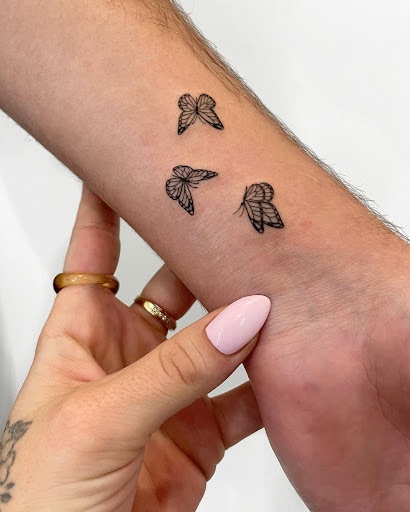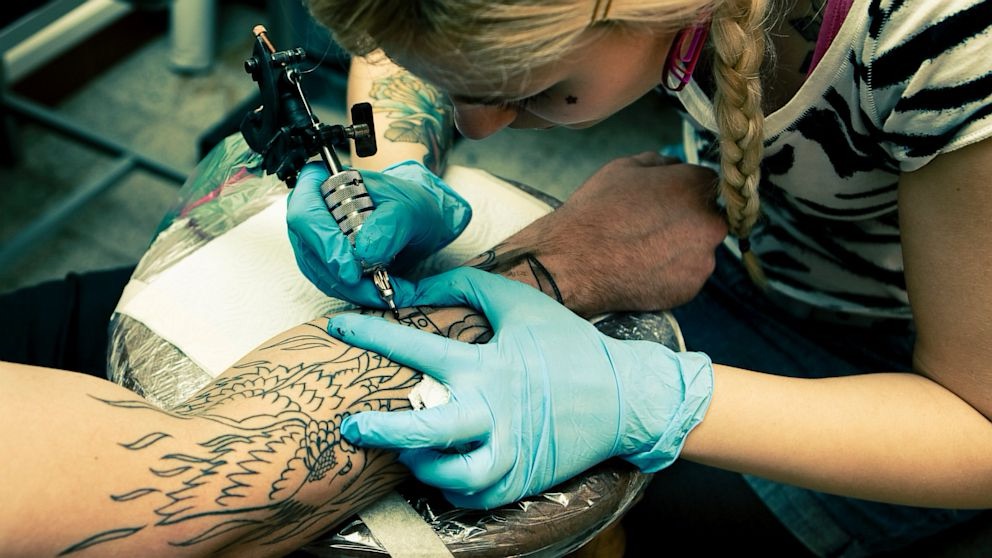If you’re thinking about adding a new tattoo to your collection or getting your first one this summer, you might be uncertain about including color in your design. Recent research has highlighted potential risks associated with tattoos, leading to advisories against certain ink colors due to identified hazards.
It’s well known that tattoos can sometimes cause allergic reactions, like rashes, or lead to inflammation after sun exposure, and there’s a risk of infection if post-tattoo care instructions aren’t properly followed. Previous studies have examined the potential long-term health impacts of tattoo inks, suggesting that adverse reactions may be related to toxic substances found in commonly used inks.

Phthalates and benzopyrene, two toxic chemicals found in tattoo inks, are linked to serious health risks such as cancer and hormonal imbalances. Although black ink, typically made from soot and sometimes charred animal bones, is not the main concern, red ink raises significant alarms.
Despite the overall lack of comprehensive knowledge about the risks of tattoo inks, red ink is particularly hazardous due to its potential content of harmful elements like cadmium, mercury, or iron oxide. As a precaution, it is recommended to choose red inks that contain naphthol, which is considered a safer alternative.

Lund University in Sweden conducted a comprehensive study to examine the potential long-term health implications of tattoos, particularly their link to lymphoma. The research included a sample of 11,905 individuals. Lead researcher Christel Nielsen described the method of identifying lymphoma patients through population registers and pairing them with a control group of similar age and gender without the diagnosis. Participants completed a lifestyle questionnaire that included questions about tattoos.
Out of the total sample, 2,938 participants were diagnosed with this type of blood cancer between the ages of 20 and 60. Within the lymphoma group, 21 percent (289 individuals) had tattoos, compared to 18 percent (735 individuals) in the control group. The study suggested that the size of the tattoo might be a factor in increasing the risk of lymphoma, regardless of its location on the body.
